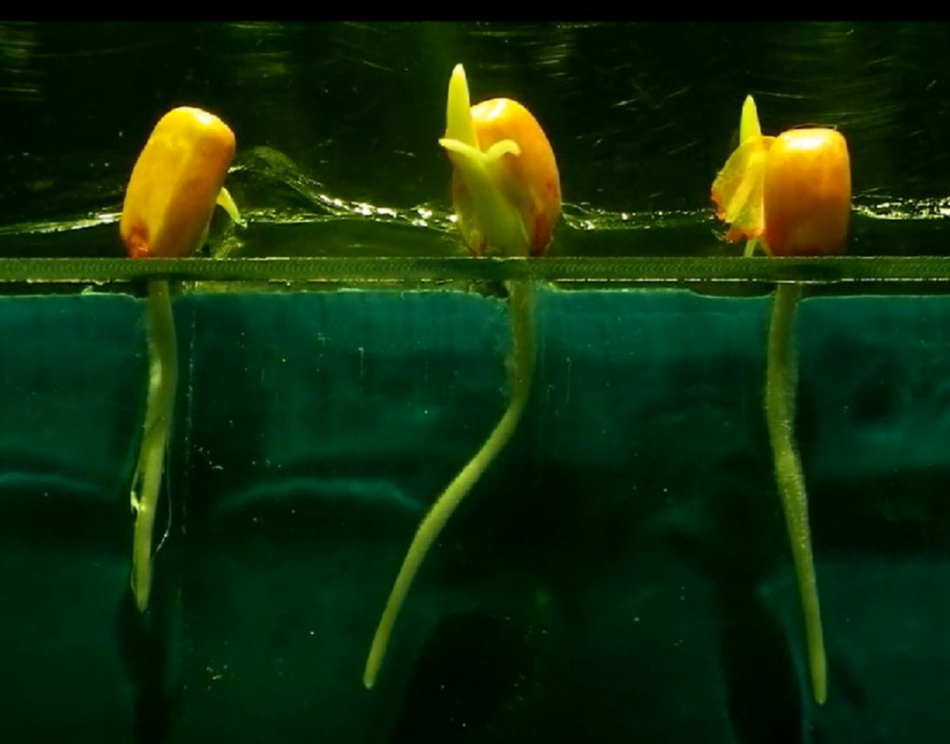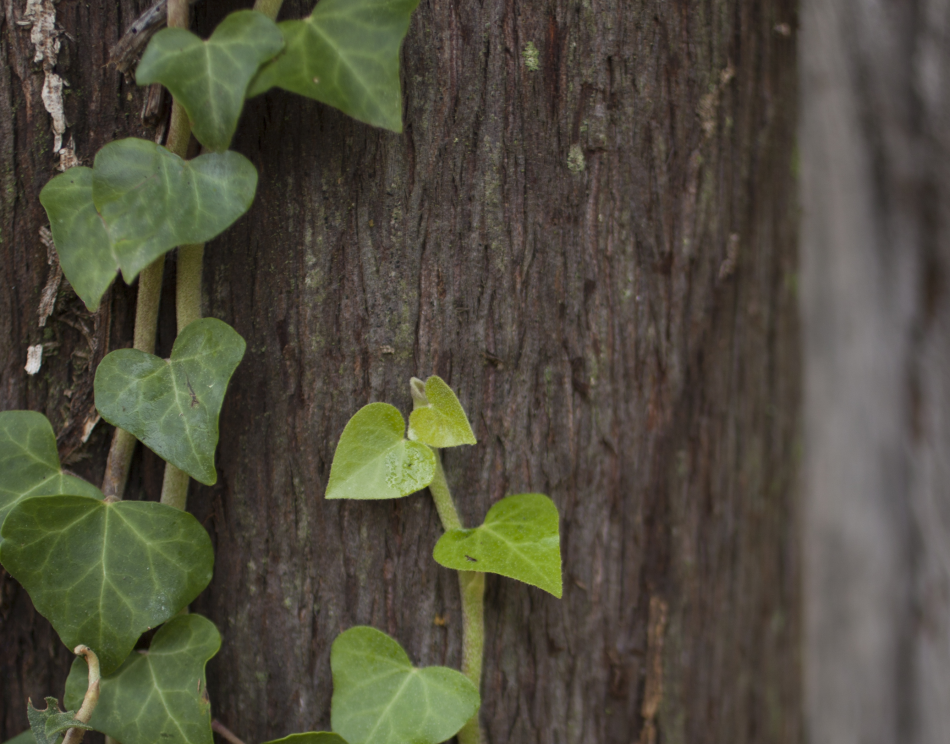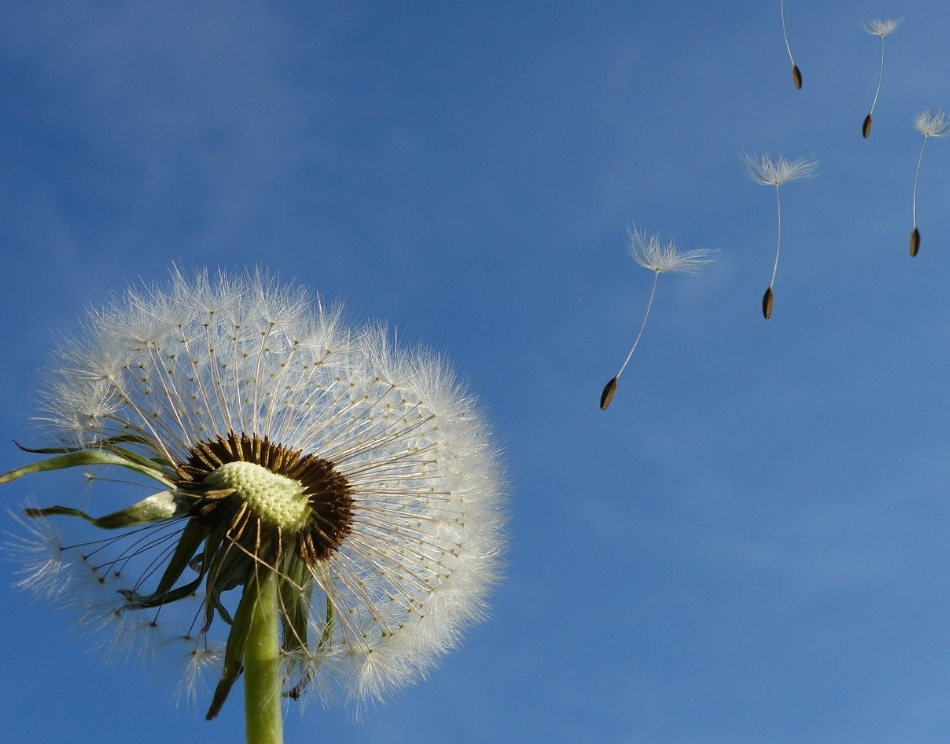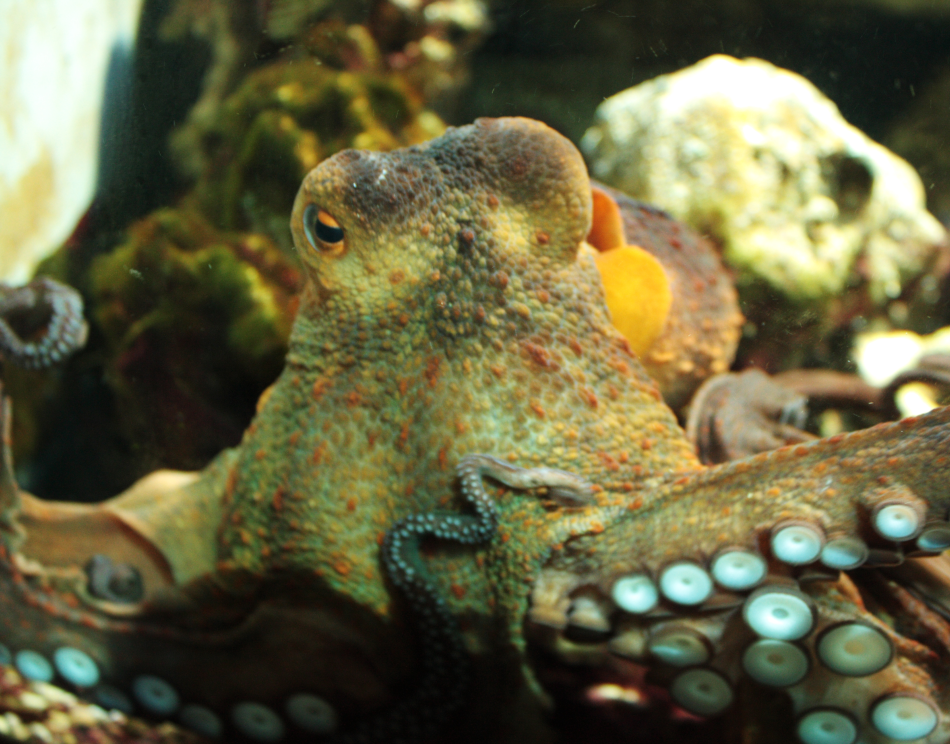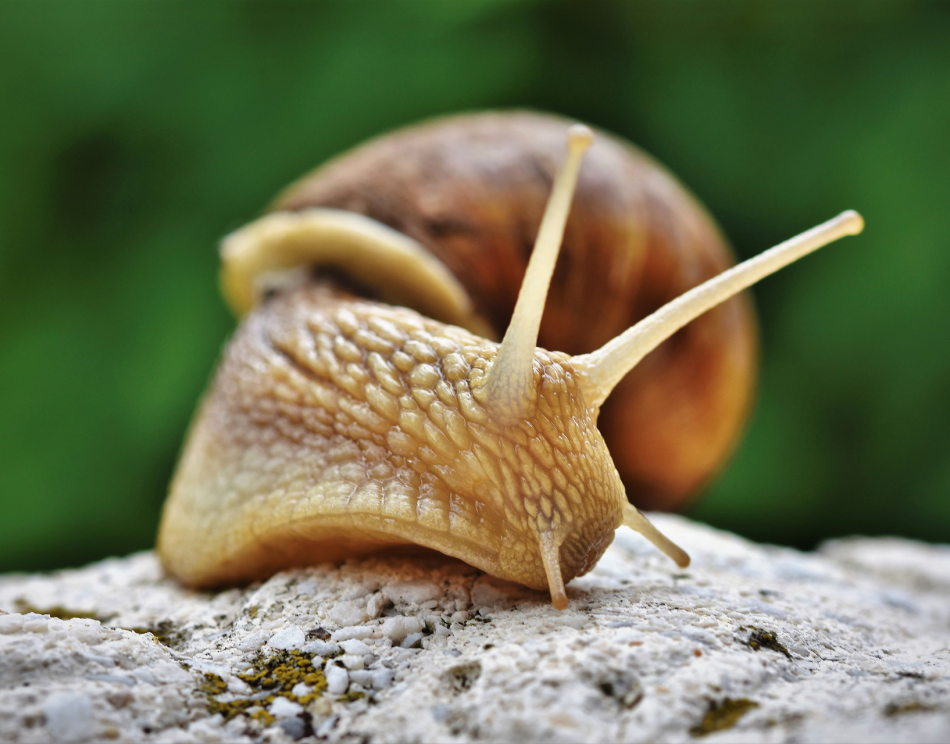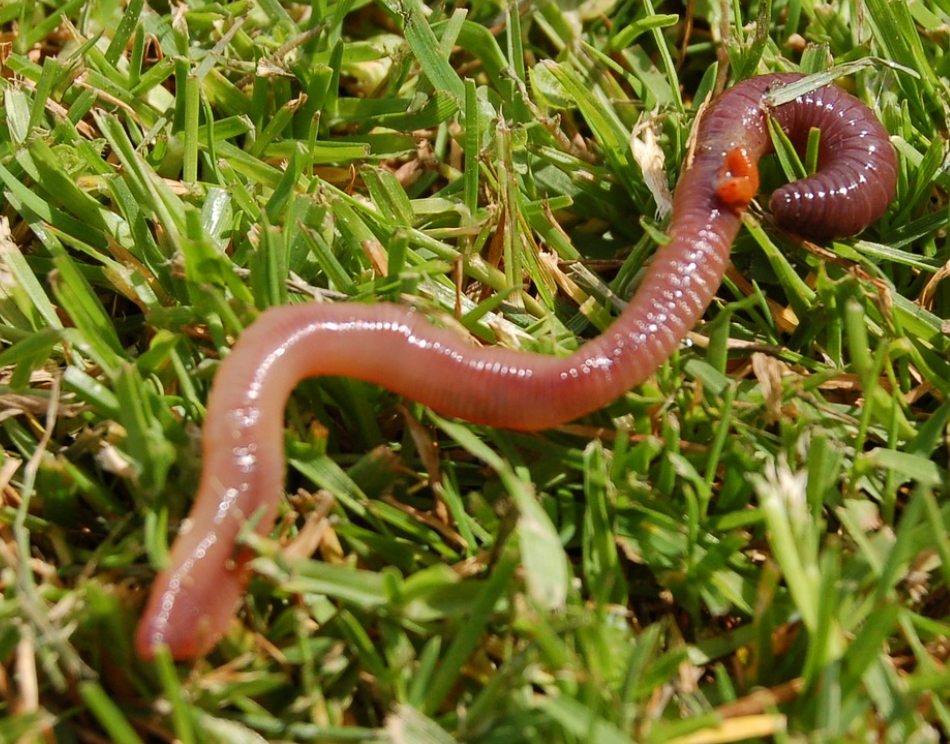The long-term vision is to open the way for a new disruptive paradigm of movement in robotics inspired by the moving-by-growing abilities of plants for high-tech applications
The growth of living beings has inspired a generation of robots endowed with unprecedented movement abilities. In biology, growth involves the cellular activity of both animals and plants. which both grow in completely different ways. Unlike animal growth, plant growth is “indeterminate” since it extends throughout life. To move from one point to another, plants have to grow and continuously adapt their bodies to external environmental conditions. They move purposively, effectively, and efficiently. Plants can thus provide new movement paradigms for robots that move by growing and adapt their morphology to the external environments.
The potential impact of plant-like, self-creating robots is vast. From a scientific and technological viewpoint, this research pushes the boundaries of bioinspired soft robotics forwards, also improves our knowledge of plants . During the growing process, plant-like robots can create compliant, semi-permanent hollow structures through material deposition, thus providing useful solutions for unstructured environments, for example, after disasters, by moving among debris in order to look for survivors. The hollow structure can also be used to supply water or drugs or to insert cameras. This approach could also be used to create pipes or to colonize areas in the search for specific targets. As with some natural (climbing) plants, these growing artifacts could support existing buildings or structures.
Our biological models
The long-term vision is to develop robotic solutions capable of working in unstructured environments. These robots will be able to interact with living beings safely and substitute humans in challenging conditions
The bioinspired evolution of robotics also exploits the effectiveness of soft bodies, in the same way as living organisms exploit soft tissues and compliant structures to move in complex environments. This new class of robots can be used in unstructured scenarios (e.g., locomotion on uncertain terrain, manipulating unknown objects, accomplishing non-predetermined tasks, etc.) and to interact more safely with humans. The complexity of bioinspired soft robots is increased by mimicking biological systems. This means being energetically efficient, being able to change their morphology, adapt their body and functionality, grow, or even by a morphological adaptation to the environment. Hence, the challenge ahead for soft-bodied robotics is to further develop the abilities of current robots.
The BSR line also entails investigating mainly soft invertebrate animals, such as the octopus, snail, and sea urchin, to develop robots that can move, act and morphologically adapt to extreme or unstructured environments. Our research starts from an extensive investigation of the biological models to extract the key most interesting principles from a robotic perspective. In parallel this approach also shed lights on new biological discoveries. A highly multidisciplinary approach and team are required to address this twofold bioinspired approach. Learn more about our models by navigating the section below.
